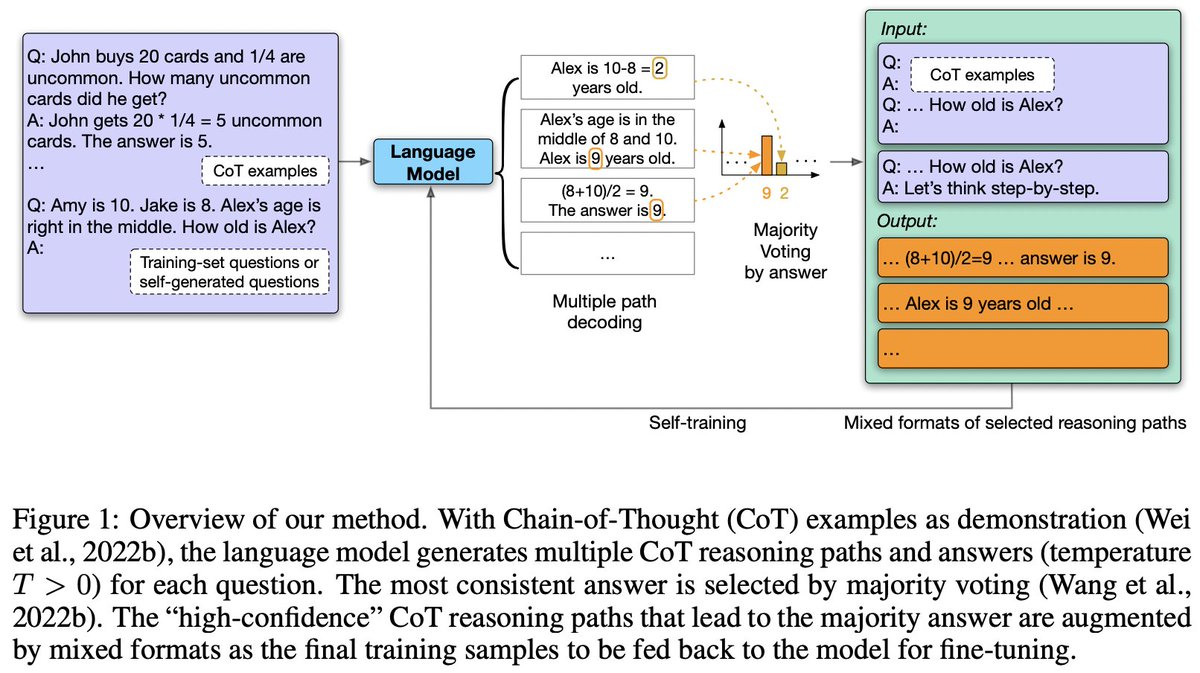Excited to co-run the @EcoTheoryRL "data-centric RL" workshop @NeurIPSConf! Schedule: sites.google.com/corp/view/ecor…
INCREDIBLE speakers:
1) @ShaneLegg (Co-founder/Chief Scientist of @DeepMind)
2) Joelle Pineau (McGill, FAIR, MILA)
INCREDIBLE speakers:
1) @ShaneLegg (Co-founder/Chief Scientist of @DeepMind)
2) Joelle Pineau (McGill, FAIR, MILA)

8) Amy Zhang @yayitsamyzhang (MILA, @UCBerkeley, FAIR -> @UTAustin )
9) Tom Griffiths @Princeton
10) Michiel van de Panne @UBC
9) Tom Griffiths @Princeton
10) Michiel van de Panne @UBC

More tweets to come for contributed talks + other fun info of the workshop!
• • •
Missing some Tweet in this thread? You can try to
force a refresh
























